Last Updated
The Cancun coast has been covered with sargassum over the last couple of months and now the beaches are not the only place visitors will have to deal with the brown, smelly seaweed. Visitors to the Riviera Maya area recently shared images on social networks showing two popular parks overrun with sargassum. The amounts of seaweed at both Xcaret and Xel Há are higher than ever before, and it’s making it difficult for visitors to enjoy some of the activities that the parks have to offer.
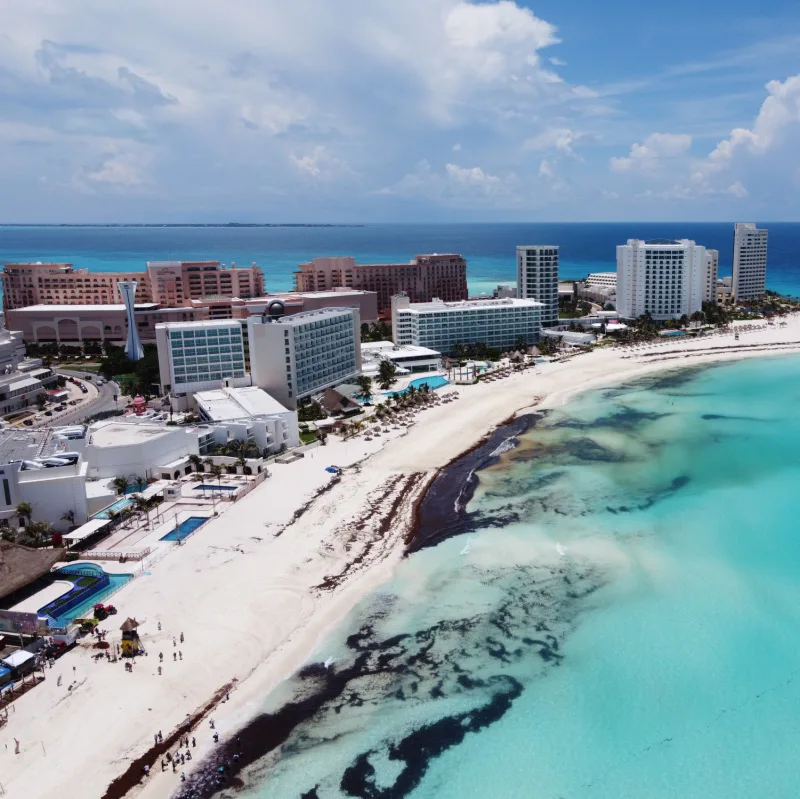
Sargassum is a brown seaweed or microalgae that comes from the Atlantic Ocean and has gotten considerably worse over the last few years. Far out in the Atlantic there are huge amounts of the seaweed that make up what is called the Sargassum Sea. The size of this sea of seaweed, some say, is as big in size as the entire country of Australia, though scientists have said that the amount is slowly decreasing. For those that live in and visit Cancun and The Riviera Maya, though, they are seeing more sargassum than ever.
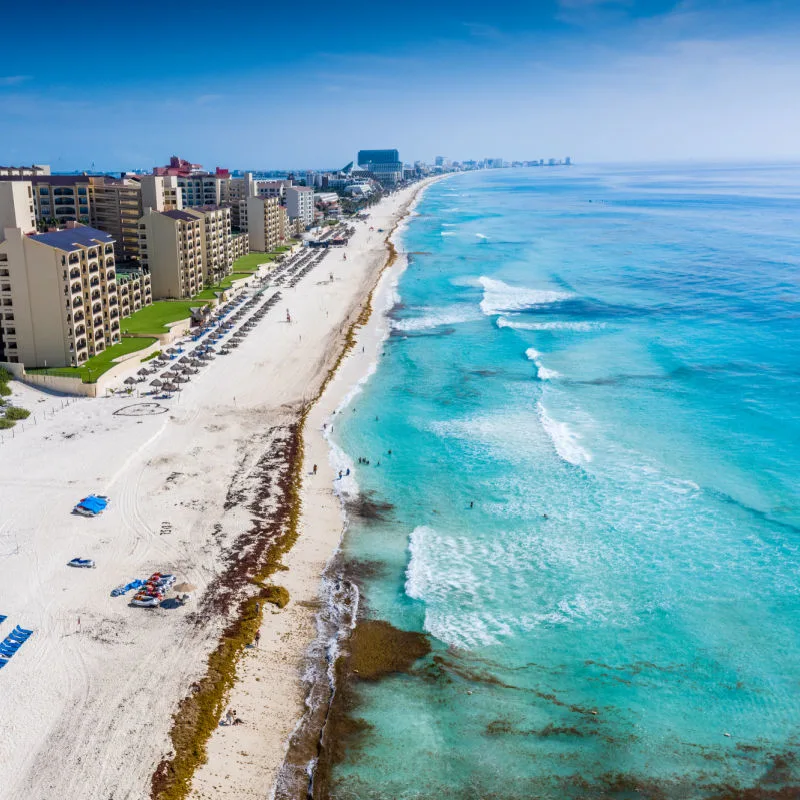
Since the levels of sargassum that reach the shores of the Riviera Maya have increased so drastically, local officials have kicked their efforts to remove it up a notch. Barriers have been installed to help keep it from reaching the beaches and tractors are being used to collect the sargassum that does reach the shoreline. Additionally, the Navy has also been involved in collecting the seaweed while it is still far offshore and even local citizens have been asked to help with beach cleanup.
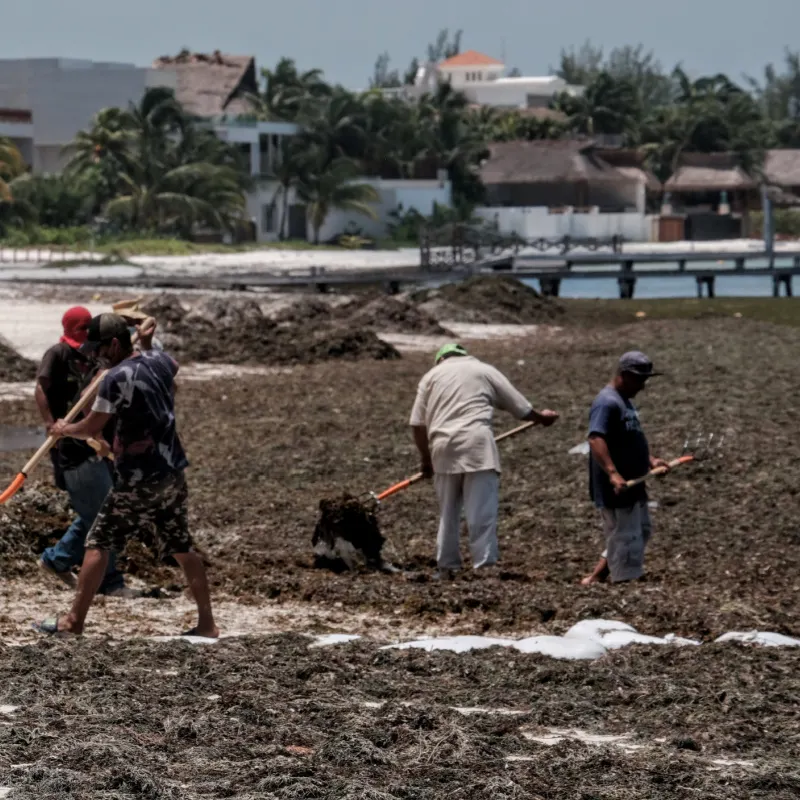
Now officials in Cancun and the Riviera Maya are faced with another problem, as two very popular parks among residents and tourists are dealing with a sargassum problem as well. The cove in Xcaret park is the area most affected by the seaweed. At Xel Há park excessive amounts of sargassum can be found in the park’s Mayan cave and in the area surrounding the zip line, both popular attractions at the park.
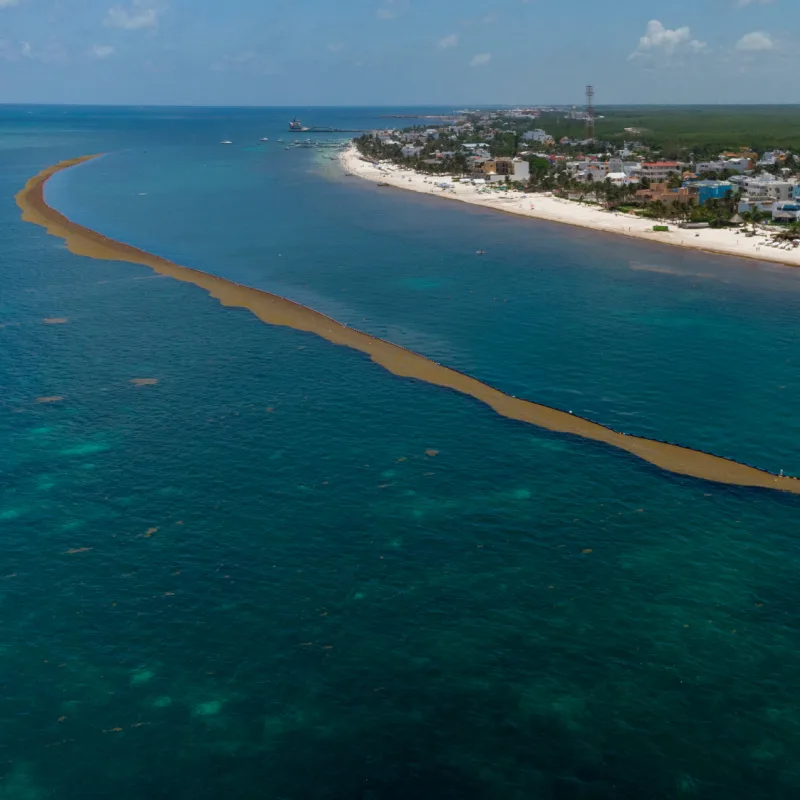
With sargassum being such an issue this year, officials have put together a task force that’s main focus is finding and coordinating ways to get rid of it. They are also working with scientists, the Navy, and researchers to come up with a plan to prevent the massive amounts of the seaweed from reaching the coast to begin with. It is the hope of officials that with the right monitoring system and the necessary tools to keep it out to sea that maybe the problem won’t be so bad in the future.
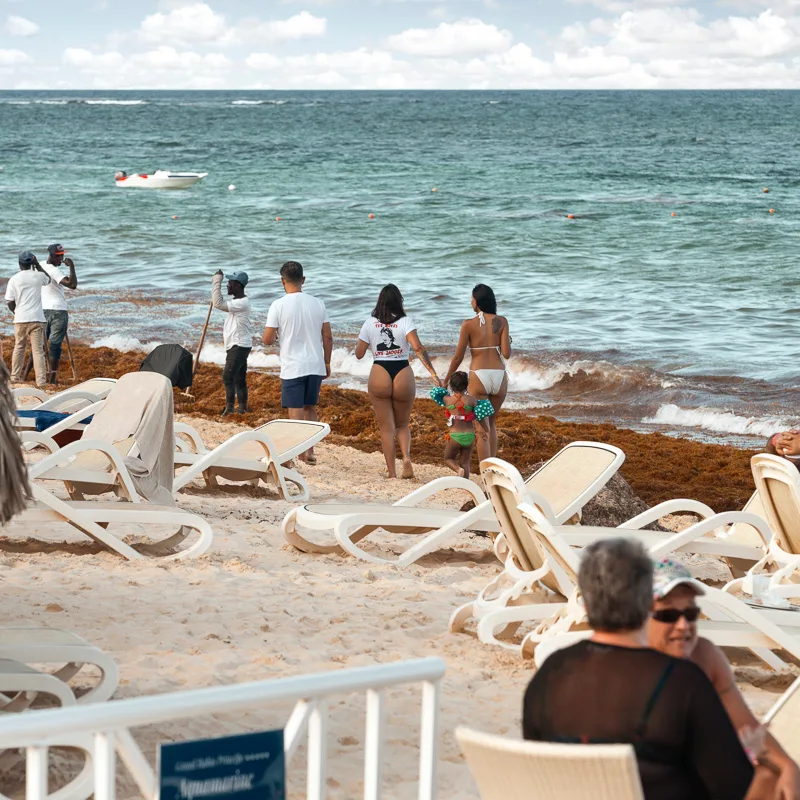
For the time being, visitors are having to deal with the sargassum on the beaches, and now in some of the area’s most-loved parks, during their visits to Cancun and the Riviera Maya. Although it is not dangerous to humans, it does have a putrid smell when it is decomposing. Officials work quickly to remove the sargassum from the main beaches as best they can, so that the many visitors can still enjoy them while visiting Cancun.
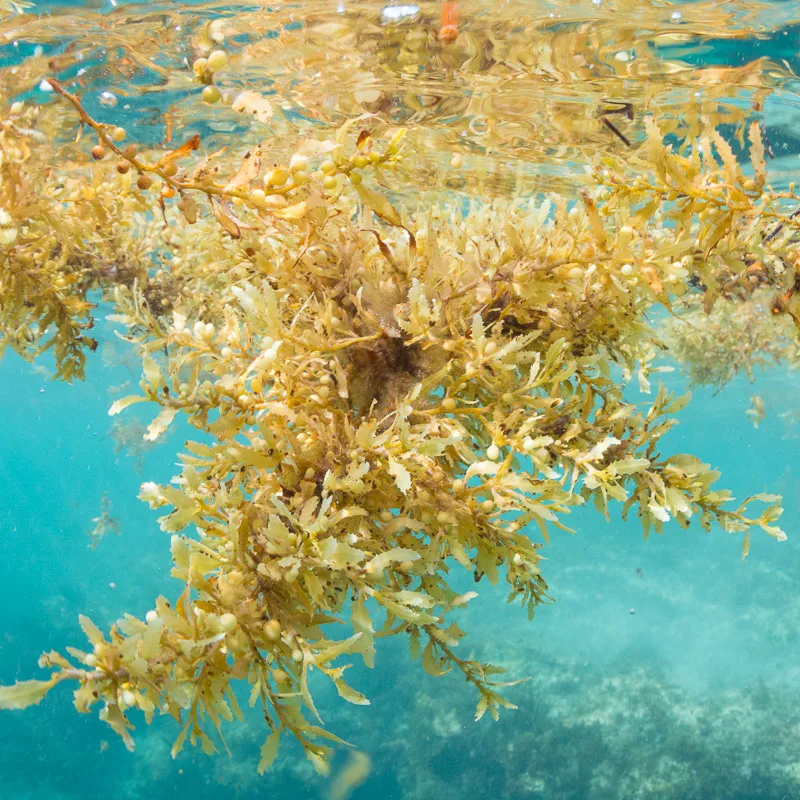
Despite the increased levels of sargassum in Cancun this year, millions of visitors are still flocking to the city to enjoy the sunshine, warm temperatures, and the beautiful Mexican Caribbean Sea. Cancun International Airport has steadily been registering hundreds of incoming flights every day and expects to continue to do so throughout the summer.
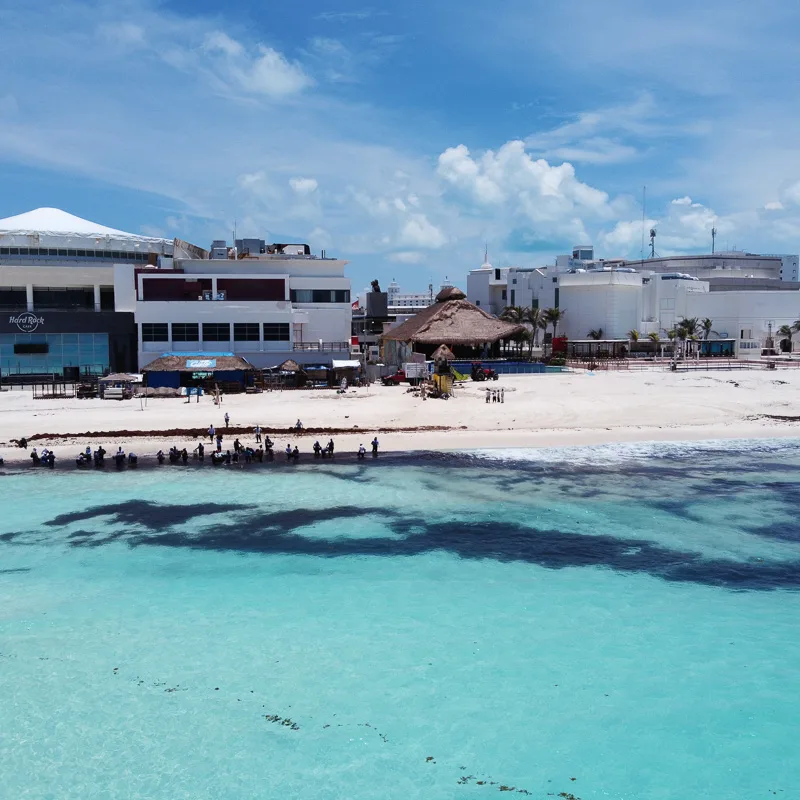
While the sargassum problem in Cancun has not yet been completely solved, the city has enough to offer to still host millions of visitors every year. The allure will only continue to grow as more time and money is spent on welcoming tourists to this destination in paradise, and once the sargassum problem is solved once and for all.
Plan Your Next Cancun Vacation:
Traveler Alert: Don’t Forget Travel Insurance For Your Next Trip!
Choose From Thousands of Cancun and Riviera Maya Hotels, Resorts and Hostels with Free Cancellation On Most Properties
↓ Join the community ↓
The Cancun Sun Community FB group has all the latest travel news, conversations and tourism Q&A’s for the Mexican Caribbean

Subscribe to our Latest Posts
Enter your email address to subscribe to The Cancun Sun’s latest breaking news affecting travelers, straight to your inbox.

Nicolas Lockheimers
Wednesday 25th of May 2022
Once sargassum reaches sand it becomes much harder to remove. While it's still floating slurry pumps can suction about 800 gallons per minute straight into containers or discharge to a specific location on the beach up to 1,000 feet away. The investment in pumping technology will be vital in managing and controlling this issue. #eddypump